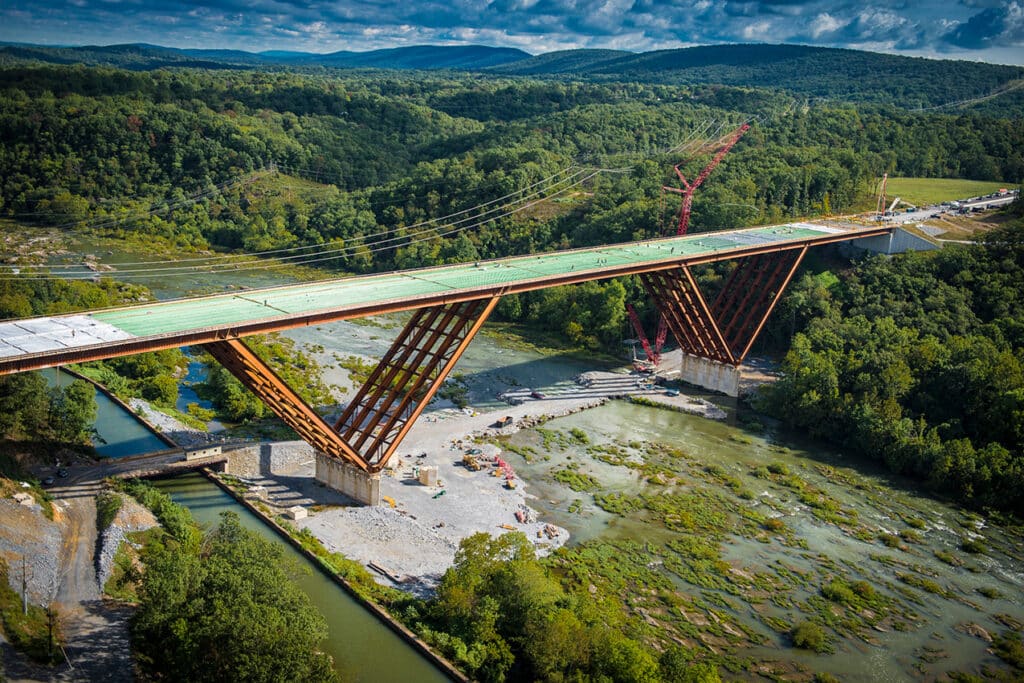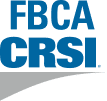History of Epoxy Coated Rebar

Since 1973, the use of epoxy-coated reinforcing bar (rebar) has continued to grow. In response to this growth, the industry formed the Fusion Bonded Coaters Association (FBCA) in 1982. This group was headed by Bob Stafford, who had previously been president of the Concrete Reinforcing Steel Institute (CRSI). FBCA published the first edition of Anti-Corrosion Times in August 1983.

In 1985, the FBCA merged with CRSI. Founded in 1924, CRSI stands as the authoritative resource for information related to steel reinforced concrete construction. CRSI members are manufacturers, fabricators and placers of steel reinforcing bar and related products, as well as professionals who are involved in the research, design and construction of reinforced concrete.

In 1991, CRSI initiated a Certified Plant Program for epoxy-coated bar producers and by 1997, 30 plants were certified.

In March 2008, a new group was formed within CRSI. The Epoxy Interest Group (EIG) of CRSI operates within the charter of CRSI, but promotes and markets epoxy-coated bars and is able to create awareness and interest in epoxy coated reinforcing steel (rebar) and its important benefits for DOT’s, engineering specifiers and contractors.
For most of the 1900s corrosion of bridge decks was not considered a significant concern. Properly designed and constructed bridges rarely experienced corrosion-related distress. This changed dramatically in the 1950s when highway agencies began applying deicing salts to highways and bridges to keep roadways free of snow and ice. This “bare pavement” policy made roadways safer for the traveling public but resulted in a dramatic increase in deterioration due to corrosion on highways and bridges from chloride penetration. Between 1950 and 1979 annual usage of deicing salts in the United States rose from 1 million tons per year to more 12 million tons per year.
According to the Federal Highway Administration (FHWA), the cost of repairing or replacing structures deteriorated by corrosion is estimated to be more than $20 billion, and is said to be increasing at a rate of $500 million per year. In 1979 the General Accounting Office (GAO) noted that 32 states had more than 160,000 federal-aid system bridges that had moderate to very major corrosion problems.
In response the National Bureau of Standards (now the National Institute for Standards & Technology) initiated tests on various liquid and powdered coatings. These coatings were examined for their corrosion protective qualities, chemical and physical durability, and chloride permeability. Based on the testing, fusion-bonded epoxy coating applied to reinforcing steel was proposed as a way to improve the corrosion resistance of bridge decks.
Epoxy-coated reinforcing steel was first used in a bridge in West Conshohocken, Pennsylvania in 1973. Four spans of this bridge were constructed with epoxy-coated steel reinforcing bars (rebar). It was reported in 1987 that at least 41 state transportation departments were using epoxy-coated reinforcing steel as the corrosion-protection system in their concrete decks. Every year over 600,000 ton of epoxy coated rebar is produced in the US and Canada and in 2013, over 80,000 bridges and numerous buildings, wharfs and other structures contain epoxy-coated steel reinforcing bars (rebar).
Benefits of Epoxy Coated Steel Reinforcing Bars (FBECR)
- Protection
- Sustainable
- Credible (ASTM)
- Trusted
- Reputable
- Innovative
- American made
- Valuable